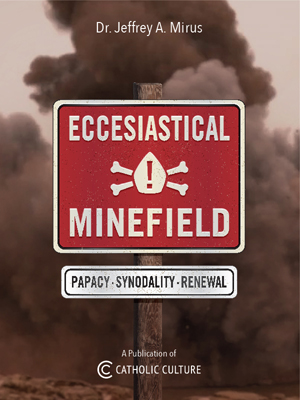secondary to organ procurement
By ( articles ) | Jan 20, 2006
The body is that of a well-developed, well-nourished adult white female who weighs 152 pounds, is 57 1/2 inches in height, and appears compatible with the reported age of 19 years. The unembalmed body is cool to the touch. Rigor mortis is fully fixed in the extremities and the jaw. Fixed purple livor mortis extends over the posterior surfaces of the body, except in areas exposed to pressure. The scalp hair is dark brown and measures six inches in length over the crown. The eyes are absent secondary to organ procurement.
What you've just read is part of the autopsy report for Christin Gilbert, the young woman afflicted with Down Syndrome who died from complications of a botched third-trimester abortion at a Wichita clinic. Women's Health Care Services -- could the name be more ironic? -- dispatched its victim to the hospital with a defensive 911 phone call of a callousness that must be heard to be believed. Christin died roughly seven hours after her admission to the hospital. At some point this mentally-impaired woman's eyes were "harvested" -- with her presumed consent, one imagines. Having benefited Christin in ways great and small, surely the enlightened medical enterprise was owed this small tax in return.
As discussed below, this week's news reports on another beneficiary of medical-legal symbiosis, 11-year-old Haleigh Poutre, who, unlike Christin, has refused to cooperate with her betters by stubbornly continuing to breathe.
The state Department of Social Services sought a legal order to withdraw life support from a brain-damaged girl, who is now showing some signs of improvement, within three weeks after she was hospitalized following a brutal beating, court records show.
Nancy Valko, a St. Louis-area nurse who is an expert on end-of-life issues, had this pointed observation about the Haleigh Poutre case:
Note that this little girl would have met the criteria for non-heartbeating organ donation if there had been an earlier decision to remove her ventilator and harvest her organs before she could breath on her own. This is not a "miracle" but rather something that can happen if people are given time and a chance to improve. Remember that many if not most of the big "right to die" cases like Nancy Cruzan, Christine Busalacchi, etc. involved people who were initially on a ventilator because of a severe brain injury.
There was a day when, as the doctor walked into your hospital room, you could be confident that his aim was to make you well. Times have changed, and the canons of the medical profession, the laws of civil society, and the moral attitudes of a large part of the citizenry now make it clear that his patient's life is only one of several goods the physician is empowered to strive for, and (under increasingly flexible conditions) he may decide to end that life if he believes it serves a broader utility. While I have no reason to think Christin Gilbert's death was hastened in order to harvest her eyes or that organ procurement vultures were circling Haleigh Poutre's bed, it's obvious that non-contributors -- persons of the kind the Nazis called "useless eaters" -- are often recipients of attentions unfavorable to recovery. When today's physician enters a hospital room, what does he see on the bed?

All comments are moderated. To lighten our editing burden, only current donors are allowed to Sound Off. If you are a current donor, log in to see the comment form; otherwise please support our work, and Sound Off!







